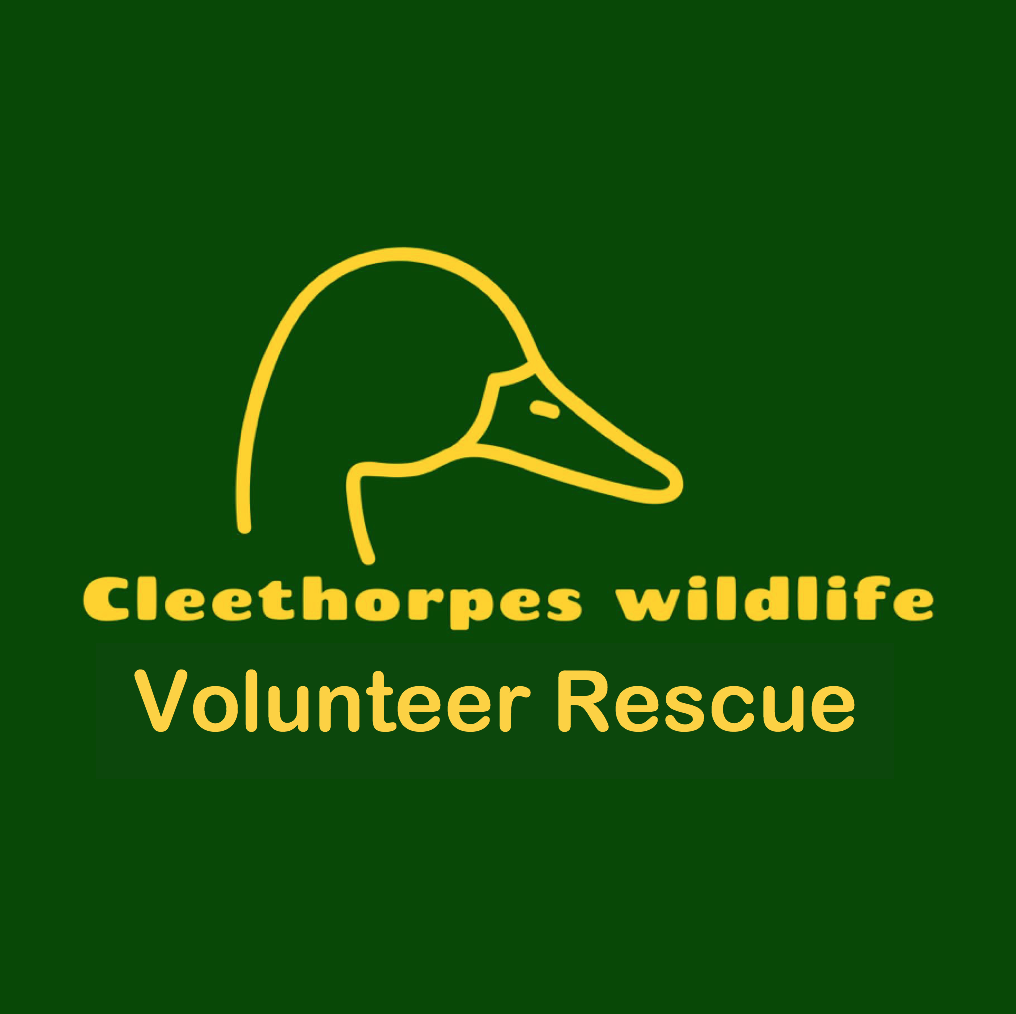
Problems you may face with deer!
We are aware of a muntjac deer on a school ground in Grimsby. Staff have been advised that, as muntjac cannot be relocated under licence, the options are to leave gates open for the deer to exit or provide shelter until it leaves naturally.
Deer in confined areas (schools, wastelands, secure fields):
Deer in Confined Areas: A Complex Challenge for Wildlife Rescues
Rescuing deer from confined or enclosed areas is, without question, one of the most challenging scenarios faced by wildlife rescue organisations. Contrary to public perception, it is rarely a straightforward matter of attending the site, containing the animal, and relocating it. These situations involve a wide range of considerations—legal, ethical, logistical, and welfare-related.
Legal and Practical Considerations
There are several key factors that must be addressed before any action can be taken:
Licensing requirements: The relocation of deer often requires specific licences, particularly when sedation or tranquilisation is involved.
Landowner permissions: Wildlife rescues do not have any legal authority to enter private property without consent. Securing the cooperation of the landowner or the party responsible for the land is an essential first step.
Animal welfare concerns: The physical and mental wellbeing of the deer must always be prioritised. Relocation may not be in the animal’s best interest and can, in fact, pose a greater risk than remaining in place.
Initial Steps
The first and most important action is to establish contact with the landowner or land manager. This can sometimes present an obstacle in itself, but without permission to access the property, rescues are legally unable to proceed. In emergency situations—such as a deer being physically trapped or injured—police assistance may be requested to gain lawful access, but this is only viable where there is an immediate threat to life.
Once the landowner has been identified and engaged, the next question is whether the deer has a potential escape route. Could gates or barriers be opened to allow a natural exit? In some instances, it may be that remaining in situ is the safest option for the animal, provided there is no imminent danger.
The Role of the Landowner
Ultimately, decisions and costs concerning the management of deer on private land rest entirely with the landowner. Wildlife rescue organisations can provide guidance, outline available options, and offer welfare-based advice—but the final course of action lies with the property owner.
The landowner may choose to:
Leave the animal undisturbed if it is safe to do so
Consider relocation (subject to legal and practical constraints)
Look at alternative methods
The Realities of Relocation
While relocation may appear to be the most compassionate solution, it is not always the most appropriate—or viable—option. Relocating a healthy deer is a complex and costly undertaking. It typically requires tranquillisation, which must be carried out by licensed professionals, and the associated costs can exceed £1,000 per deer. Equally, although tranquillisation can be the safest option for the deer, it can come with human safety risks.
Moreover, relocation does not guarantee survival. Deer are particularly susceptible to Post-Capture Myopathy (PCM)—a potentially fatal condition triggered by extreme stress, which can lead to death hours or even days after handling. In addition, some species, such as the Muntjac deer, are classified as invasive under UK legislation, meaning it is illegal to capture and release them elsewhere.
Misunderstandings and Public Perception
Due to these constraints, wildlife rescues are sometimes unfairly criticised for appearing ‘uninterested’ or unwilling to help. In reality, rescuers are often working within a highly restrictive legal framework, doing all they can to navigate the situation responsibly and ethically. The absence of visible intervention should never be mistaken for a lack of care.
Summary: Understanding the Realities of Deer Rescues
Wildlife rescues exist to protect and care for animals in distress—but when it comes to deer in confined or enclosed areas, the situation is rarely straightforward. These cases involve a number of legal, practical, and welfare-based considerations that significantly limit what rescuers are able to do.
Rescues will always do as much as legally and ethically possible to assist. If we could step in immediately and intervene without causing further harm to the animal—or breaking the law—we absolutely would. Every decision is made with the deer's welfare as the top priority.
Unfortunately, relocation is not always a viable or safe option. It can be extremely stressful and even fatal for the animal, and in some cases, it is not legally permitted (e.g. with invasive species such as Muntjac deer). Additionally, relocation often requires landowner cooperation, specialist involvement, and costly resources, including tranquilisation and licensing.
That said, we are always willing to support landowners who wish to explore safe and legal relocation options. We can offer expert advice, outline next steps, and help connect landowners with the appropriate professionals.
We understand how upsetting it can be to see a deer in an unfamiliar or confined space, and we share your concern. But we ask for your patience and understanding—what may appear to be inaction is often the result of complex legal restrictions and a genuine effort to avoid causing unnecessary harm.
Wildlife rescues are here to help, and we are committed to doing everything within our power to protect the animals in our care—safely, lawfully, and with compassion.

